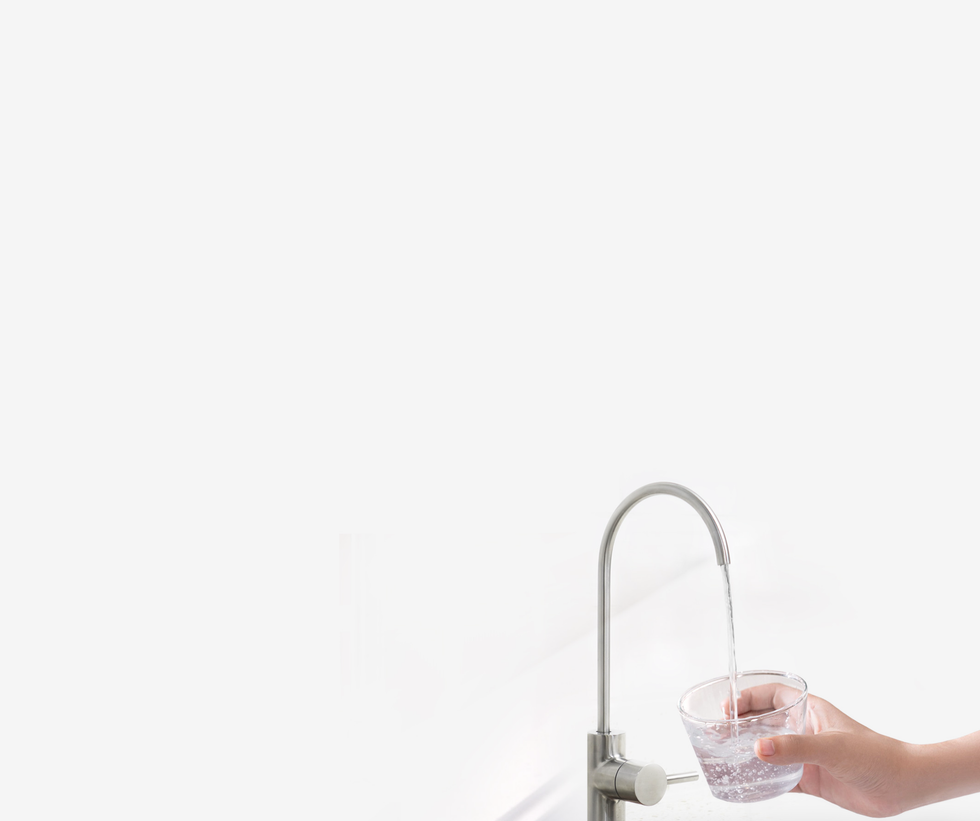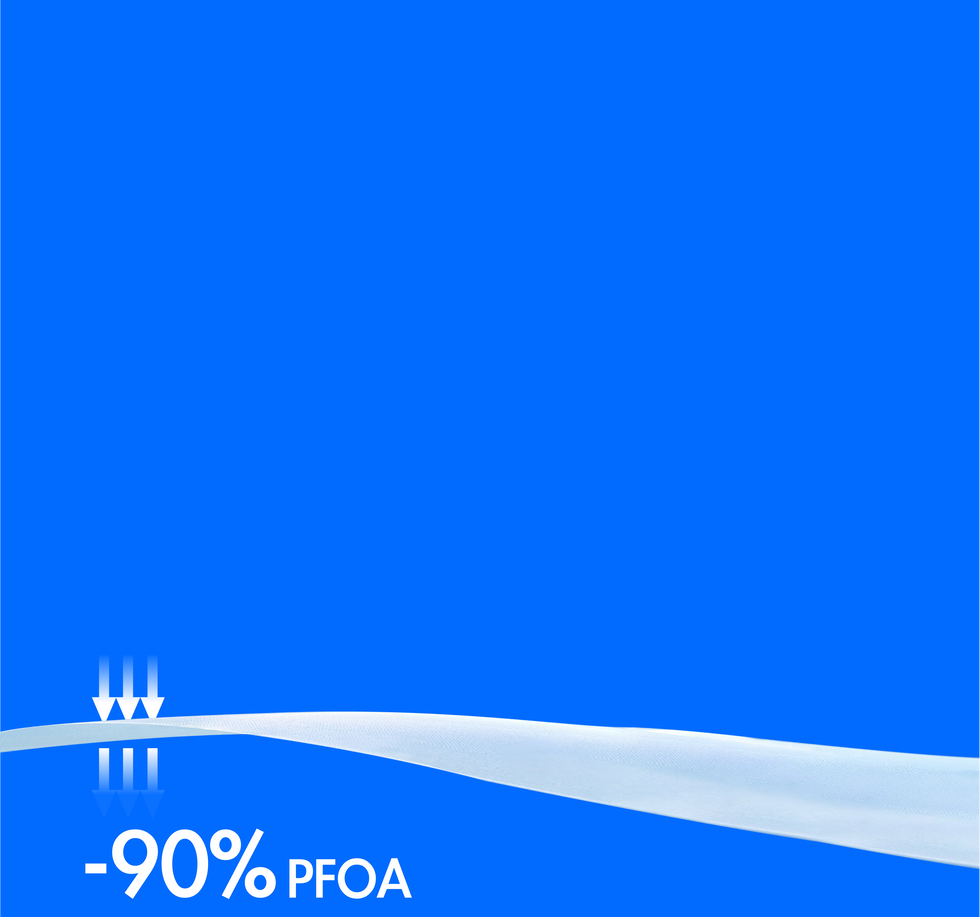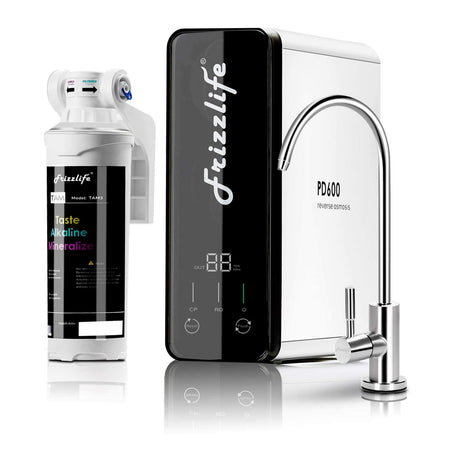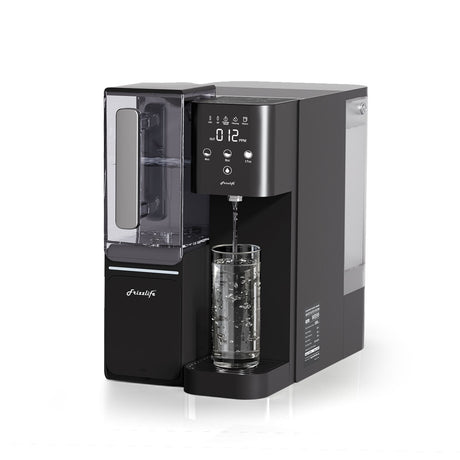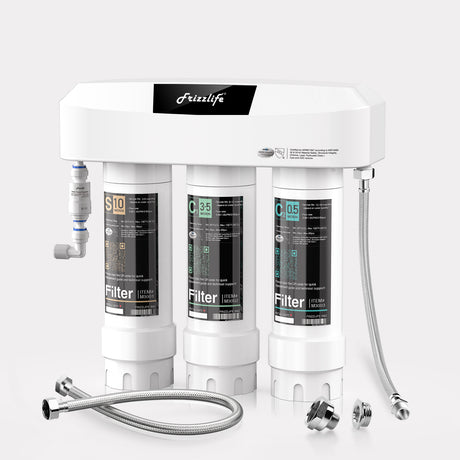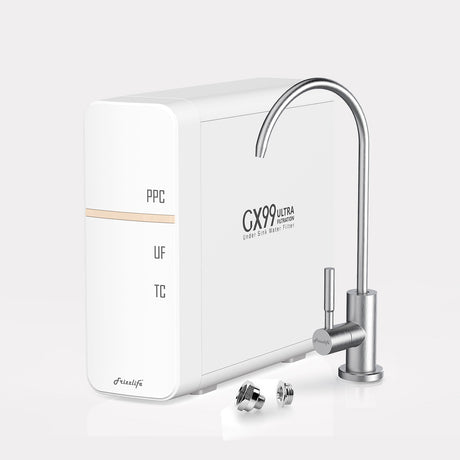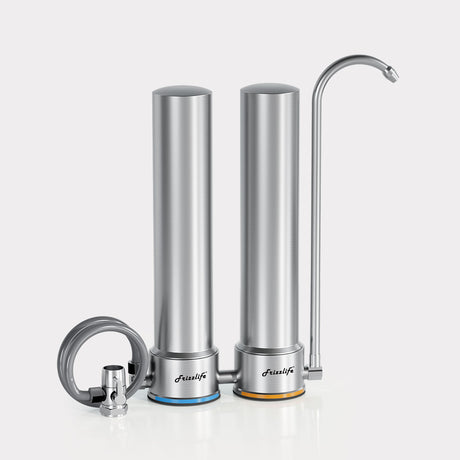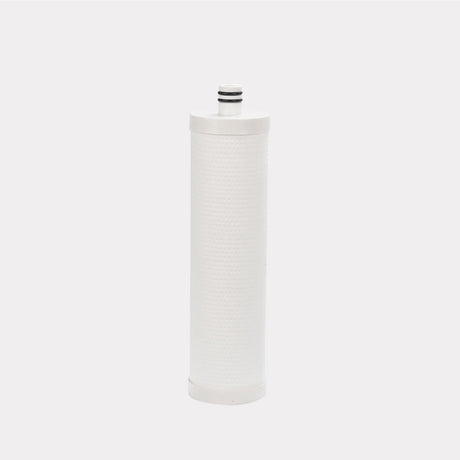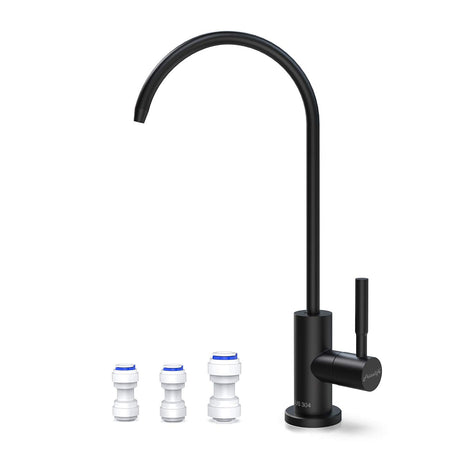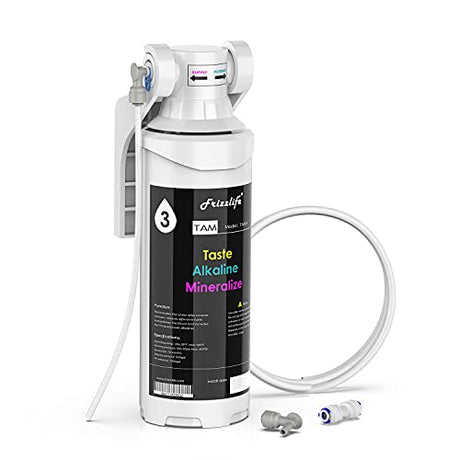In this Frizzlife blog post, we will be discussing those ways in detail, so without further any delay let’s get into the details.
Also, read our blog post Why Americans Should Make Use of Water Filters.
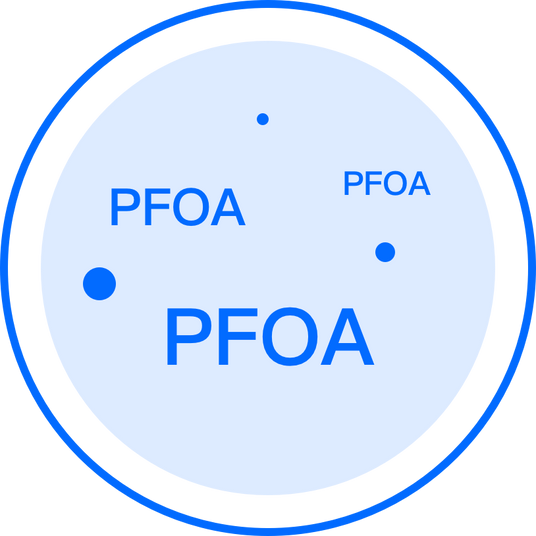
A Quick Introduction to PFOA
stands for perfluorooctanoic acid. It's a man-made chemical that doesn't break down very easily in our environment or bodies. It has been used for many years to make non-stick cookware and stain-resistant coatings.
Some research shows that high levels of PFOA exposure over time may increase cancer risk or cause other health problems. Most people have a small amount of PFOA in their bodies from everyday things like eating food packaged in plastic.
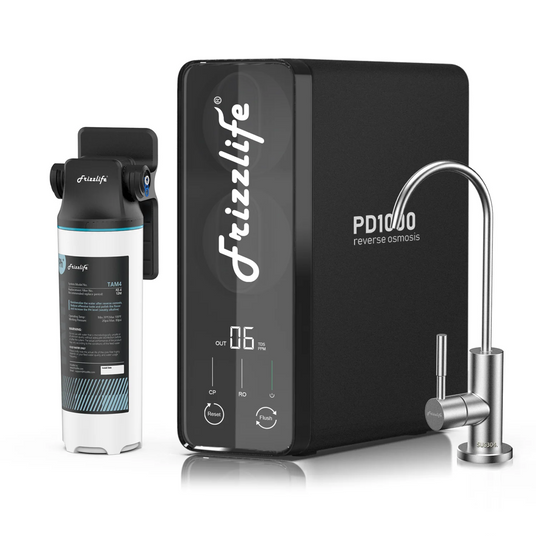
PD1000-TAM4



Frequently Asked Questions
Is there a way to test my water for PFOA?
Is there a way to test my water for PFOA?
Yes, there are several options for testing your water for PFOA contamination. Many municipalities regularly screen for PFOA as part of standard water quality monitoring. You can also contact your local water utility and ask for their latest testing results. Private labs like Eurofins offer PFOA water testing kits you can purchase online and send in samples yourself.
These provide accurate results within a couple of weeks. Another choice is to hire a professional water testing company to collect samples from your taps. They'll analyze the water and provide a detailed report on any contaminants found, including PFOA levels. Testing is a good way to understand your water's quality and determine if treatment may be needed.
Can boiling water reduce PFOA?
Can boiling water reduce PFOA?
No, boiling water does not remove PFOA. This is because it is quite a stable chemical that does not break down or evaporate during boiling. The recommended approach is to opt for different filtration techniques for effective removal.
How often should I replace my filter to ensure PFOA removal?
Although, there is no fixed timeframe. But you should maintain the filter according to manufacturer guidelines.


